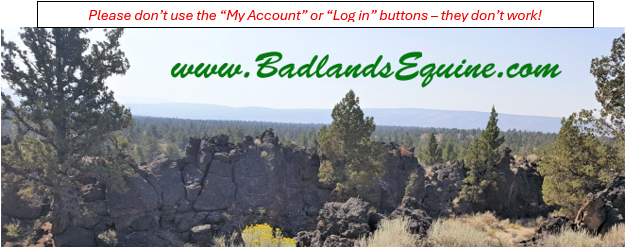Step 4: Wither/Spine Clearance
Although we’ve touched on this subject briefly before, it does merit special attention.
How we look at wither clearance does depend upon the type of saddle you are using. For the typical flocked English saddle, the general rule of thumb is that you want to see 2-3 fingers width of clearance over the wither. The horse doesn’t need this much clearance, but if you don’t start there, then as the flocking compacts, the saddle may begin to impinge upon the wither.
Western saddles or flat panel saddles (or any without wool flocking that will compress over time) do not need to have this higher clearance. As long as the clearance is sufficient to clear the withers throughout all motion of the horse, then it is enough. You do want to test the clearance if it is close. Take a ride and check the space through all the gaits and whatever level of jumping is likely – even if it is just over a log on a trail. Try some steep hills, up and down, if you spend time on the trail.
Obviously checking wither clearance is a bigger deal for a high withered horse and it is something you should check periodically. If you have an improperly fitting saddle, the horse may lose musculature behind the shoulders, allowing the saddle to settle down. This puts greater pressure in the area that has already lost muscle and worsens the situation, allowing more settling. Do not ignore the appearance of hollows behind the shoulder, regardless of breed and age.
If you have a great distance between the wither and the pommel, double check the angle of the saddle to the shoulder. The higher the clearance, the more opportunity you have lost for contact area and side-to-side stability. You may need a saddle with the same angle, but wider in breadth. This is not a critical problem if the line of the shoulder is matched, the saddle is stable and level, and the rider does not mind being a little further removed from the horse – in other words, not a reason to run out and buy a new saddle all by itself!
Checking for wither and spine contact is one item that cannot readily be tested using the Impression Pad. There is no dough along the wither/spine of the Pad. But it really isn’t necessary – this isn’t something that will change drastically during motion.
The test performed in the previous step of standing behind the horse and lifting then lowering the rear of the saddle is sufficient to view any possible contact along the spine. You can do this test while someone asks the horse to do a belly lift just to make sure there will be no problems in motion. You are looking not just for contact with the top of the spine, but also contact that is too close to the side of the spine.
Older horses that have lost musculature along the spine or those that drop off dramatically down the side should not have a saddle with either flocked or flat panels that impinge the side of the spine.
Using a pad that specifically creates a spine channel like a Skito can be a useful solution or just good practice. In general, you don’t want the pad stretched tightly over the spine in any case – when saddling, you should tuck the pad up into the gullet to prevent this. Another benefit of the flat panel saddles is that they usually come with a split numnah or pad that fits snugly over each of the panels. This provides a permanent channel to remove pressure and encourage air flow along the spine. And you don’t have to worry about the pad slipping out from under the saddle.
